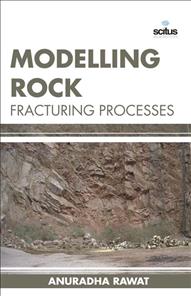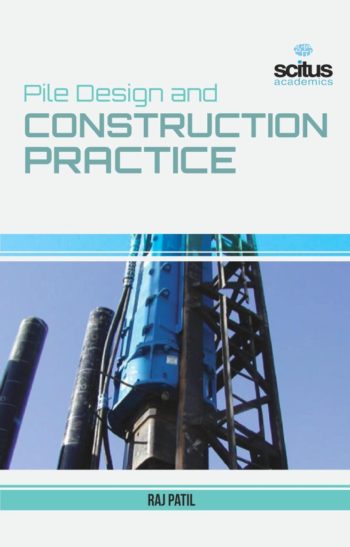Centrifuge modelling involves testing of small scale models in the enhanced gravity field of a geotechnical Method centrifuge. This technique is particularly useful in testing materials such as soils which exhibit non-linear stress-strain behaviour and can suffer significant plastic strains. Centrifuge modelling is proven to be particularly effective in determining the failure mechanisms for a wide variety of geotechnical problems. The scale model is typically constructed in the laboratory and then loaded onto the end of the centrifuge, which is typically between 0.2 and 10 metres (0.7 and 32.8 ft) in radius. The purpose of spinning the models on the centrifuge is to increase the g-forces on the model so that stresses in the model are equal to stresses in the prototype. A geotechnical centrifuge is used to test models of geotechnical problems such as the strength, stiffness and capacity of foundations for bridges and buildings, settlement of embankments, stability of slopes, earth retaining structures, tunnel stability and seawalls. Other applications include explosive cratering, contaminant migration in ground water, frost heave and sea ice.
This book summaries a generalized design process engaged for civil engineering projects. This book is a reference tool for graduate students, researchers, and practicing civil engineers involved with geotechnical issues













